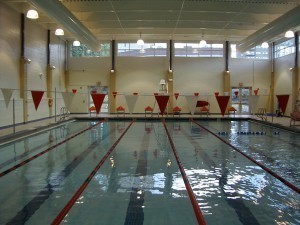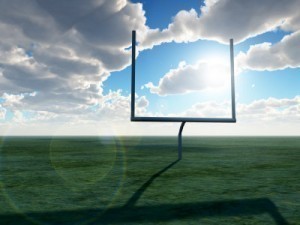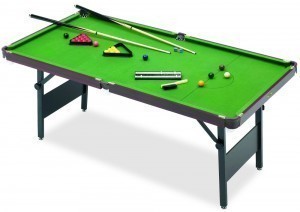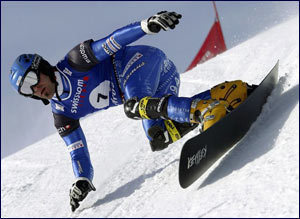Standard Football Size
Association Football is the football variety that the world has come to know as Soccer. Originating from Britain in the mid-19th century, it takes its name from the Football Association which codified its rules in 1863. The name was used to distinguish it from other types of football games being played. The word “association” was later abbreviated into the game’s more well-known moniker soccer, which would be first used during the 1880’s.
The type of ball used in a game of association football/soccer is a sphere. Made of leather or some other “suitable material” such as polyurethane, it has a 68-70 centimeter (27-28 inches) circumference and weighs 410-450 grams (14-16 ounces). This is the standard soccer ball size, or Size 5, employed in official FIFA championship games and suitable for players ages 12 and above. But there are also 4 other smaller soccer ball sizes being used in different capacities.
Size 1 are mini-balls with a circumference of no less than 17 inches and are used for promotional purposes only. Size 2 is also used for promotional or underage games, as well as for training children under the age of 4; made from synthetic materials such as PVC or plastic, it does not exceed 22 inches in size or 10 oz in mass. Size 3 is intended for players below the age of 8 and is also the standard size for a game of handball; also made of synthetic materials, this lightweight ball has a 24-inch circumference. Size 4 is used by players from 8-12 years old for practicing, as well as the standard size for association football’s indoor variation, Futsal; usually made from leather or a so-called suitable material, it has a 26-inch circumference and weighs no heavier than 13 oz. 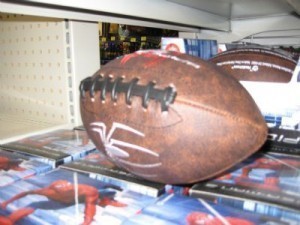
Rugby Football was first played in the 19th century and was named after its place of origin, Rugby School in the English town of Rugby, Warwickshire. This rougher football variation would eventually influence American and Canadian football, but this form of the game remains popular and has spawned two branches of its own, Rugby League and Rugby Union.
Originally, the ball used for rugby was a sphere that had an inner tube made out of a pig’s bladder, but it would be replaced in 1870 with an egg-shaped ball with inner tubes made of rubber. The two types of rugby football each use balls that differ in size from each other. The standard or “international size” of a rugby league ball is about 27 cm in length, has a circumference of 60 cm at its widest point, and weighs from 383-440 g. A rugby union ball measures a length of 28-30 cm (11-12 in), has a circumference of 58-62 cm (23-24 in) at its widest point, and has a mass of 410-460 g (14.5-16.2 oz).
The form of football that is played in America and Canada is much different from soccer/association football, and, as noted, is actually an offshoot of Rugby football. American/Canadian Football also coined the term “pigskin,” in reference to the old practice of using a pig’s bladder as covering for the ball. In modern times, balls used for collegiate and professional games are made from leather, while those used for recreational games are made out of plastic or rubber. The shape of the ball used in this variation is the egg-shaped prolate spheroid type, measuring around 11 in (28 cm) in length with a circumference of 22 in (56 cm) at its center.
